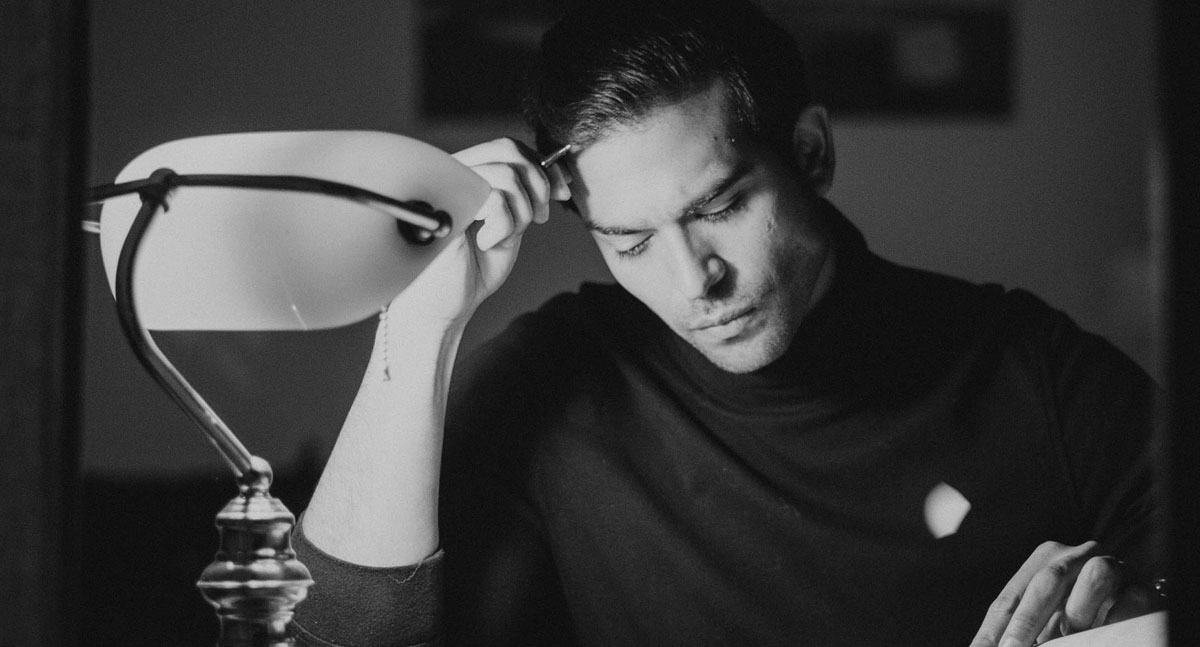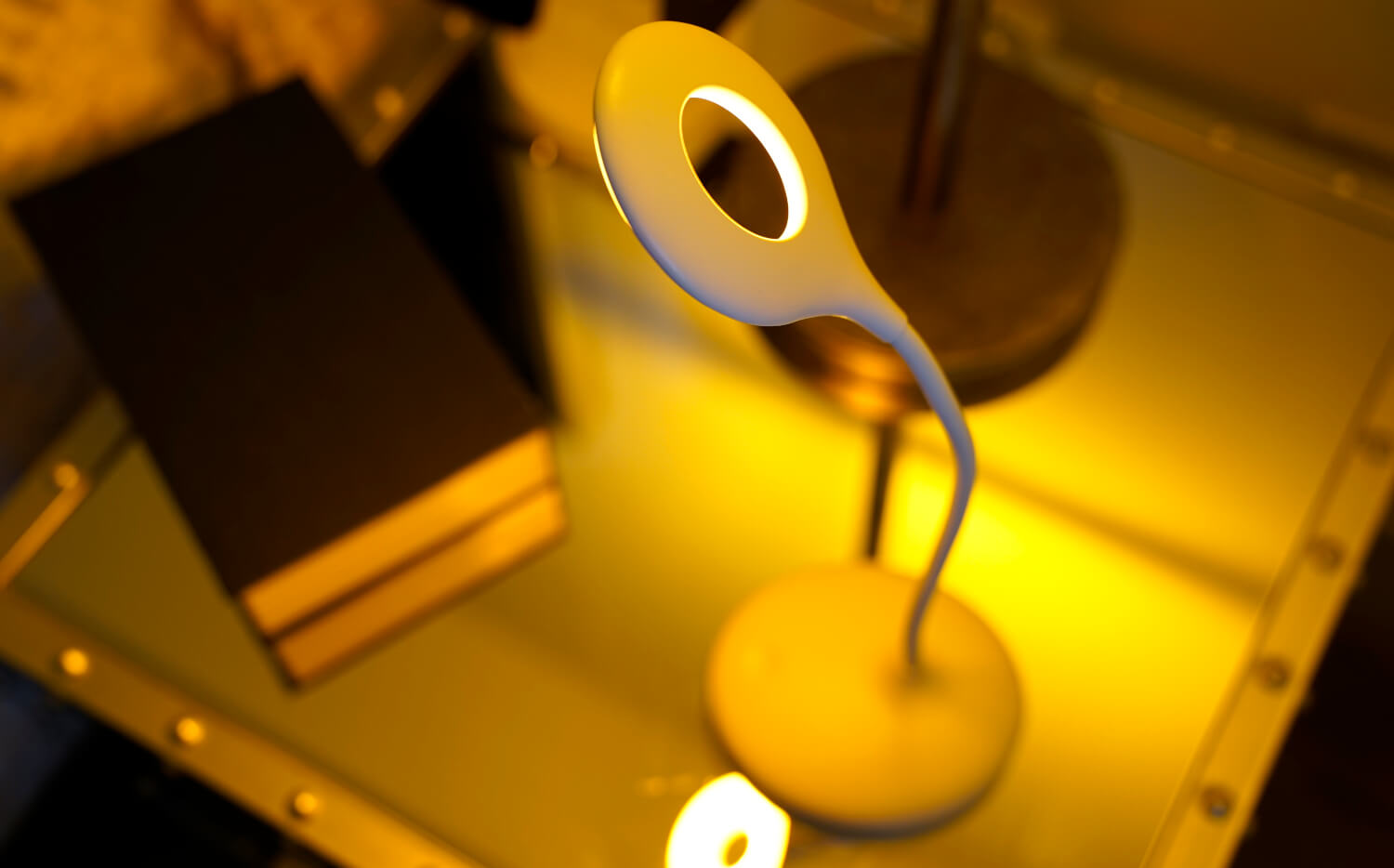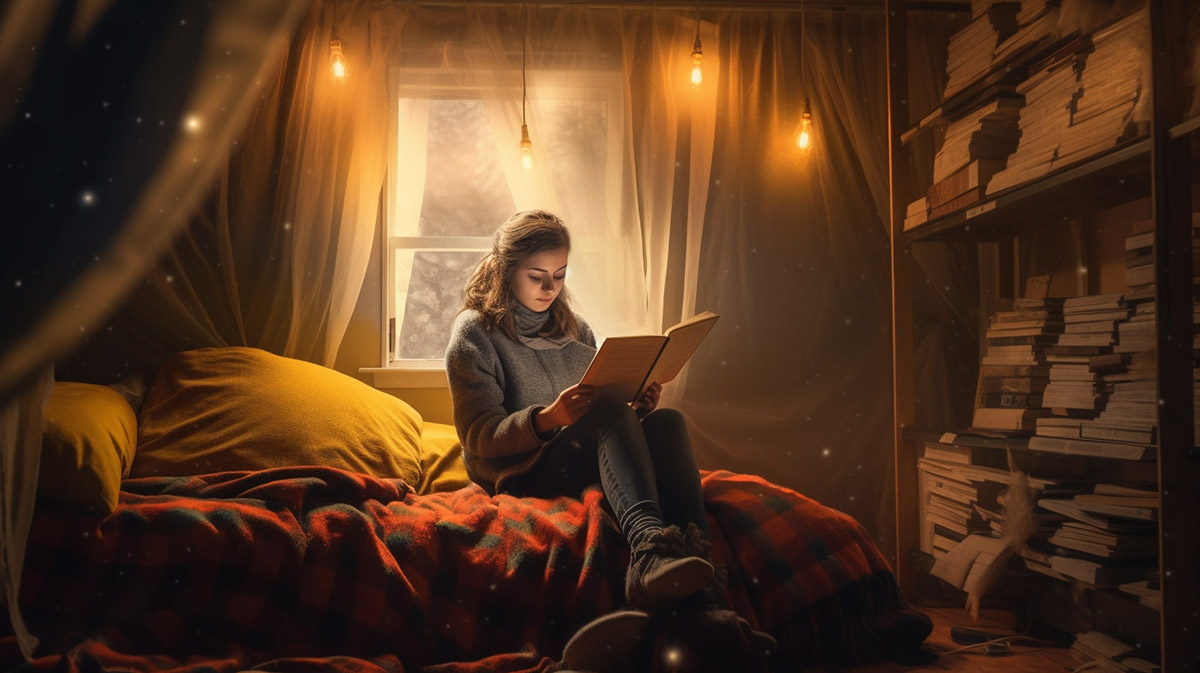Can I Study in Yellow Light? : Boost Your Productivity Now
Yes, you can study in yellow light. However, it might not be the best choice for everyone.
Studying in yellow light can be comfortable for some people. It mimics natural sunlight and creates a warm atmosphere. But, the quality and intensity of the light affect your concentration and eye health. Yellow light, also known as warm light, is softer on the eyes.
It can help in creating a relaxing study environment. Yet, it may not be as effective as white or cool light for tasks requiring high focus. Choosing the right lighting can impact how well you absorb information. Let’s explore if yellow light is the right choice for your study sessions.
Credit: www.quora.com
Benefits Of Studying In Yellow Light
Yellow light can help you focus better. It is softer on the eyes than white light. This makes it easier to concentrate. You can read for longer periods without feeling tired. The warm tone creates a relaxing environment.
Yellow light reduces eye strain. It is gentler on the eyes. This helps prevent headaches. It also helps you avoid dry eyes. Your eyes will feel less tired after long study sessions. This makes studying more comfortable.
Scientific Research On Light And Productivity
Light color affects how we think and work. Yellow light may help some people feel calm. This can be good for reading or studying. Blue light can make people alert and focused. Many people use white light for work because it is bright. Each color has a different effect on the brain.
Yellow light can be less harsh on the eyes. It might help you concentrate better. Blue light can make the brain more active. This might be good for problem-solving. White light is often used in offices. It helps people stay awake and alert. Choosing the right light can improve how well you study or work.
Comparing Yellow Light With Other Lighting Options
White light is very bright. It helps to see clearly. Many people like it for reading. It can make the room feel cool. White light can reduce eye strain. But it may be too harsh for some. It can make you feel awake. This may not be good at night.
Blue light is common. It’s in screens and LED bulbs. It can boost alertness. Blue light helps you stay focused. But too much can hurt your eyes. It can also affect sleep. Blue light may keep you awake. This can be a problem at night. Reducing blue light can help you sleep better.
Choosing The Right Yellow Light
Brightness is key for studying. Too dim light strains the eyes. Too bright light causes glare. Find a balance. A 300 to 500 lumen light is good. This range helps you see clearly.
Color temperature affects mood. Warm yellow light is around 2700K to 3000K. This range is cozy and relaxing. It helps you stay calm. Cool yellow light is higher, around 3500K to 4000K. This range is more alert. It helps you focus better. Choose based on your needs.
Setting Up Your Study Space
Place your lamp on your desk. It should be at an angle. This helps reduce glare on your books. Make sure the light is not too bright. It should be soft and warm. Yellow light can be helpful. It is gentle on your eyes. Position the light to your left if you are right-handed. This way, your hand does not cast shadows.
Use natural light during the day. Sit near a window. This helps you stay alert. Add a lamp for the evening. Yellow light can make the room cozy. Mix both types of light. This keeps your eyes comfortable. Avoid bright white lights. They can strain your eyes.

Credit: www.finnleyelectrical.com.au
Additional Tips For Boosting Productivity
Comfortable furniture helps reduce strain on your body. An ergonomic chair provides good back support. A height-adjustable desk lets you sit or stand. This variety helps avoid discomfort and fatigue. Proper furniture makes long study hours easier.
A clean desk helps you focus. Remove unnecessary items from your workspace. Keep only what you need close by. This reduces distractions. A tidy space promotes a clear mind. Organized areas help with better concentration.
Common Myths About Yellow Light
Many believe studying in yellow light harms eyes, but that’s a myth. Yellow light can actually reduce eye strain and improve focus.
Eye Health Concerns
Many believe yellow light strains the eyes. This is not true. Yellow light is softer on the eyes. It reduces glare. Eyes feel less tired. It can be good for long study hours.
Productivity Myths
Some think yellow light makes you less productive. This is a myth. Yellow light can create a calm mood. It helps you focus. Many find it easier to concentrate. You may feel more relaxed.
Personal Experiences And Testimonials
Many students share their positive experiences studying in yellow light. A student named Mary said she could focus better. She found her eyes felt less tired. John, another student, reported similar benefits. He noticed fewer headaches. He also said yellow light helped him read longer.
Experts agree that yellow light can be beneficial. Some say it mimics natural sunlight. This can improve mood and concentration. Eye doctors often suggest yellow light. It is softer than white light. This reduces eye strain. Teachers also prefer yellow light in classrooms. They believe it helps students stay alert.

Credit: www.blockbluelight.com
Conclusion
Studying in yellow light is possible and has its benefits. Yellow light can reduce eye strain and improve focus. It’s important to ensure proper brightness. Try to avoid dim lighting. Balance is key. Mix it with natural light if you can.
Experiment with what works best for you. Everyone’s eyes are different. Prioritize comfort while studying. Happy studying!




